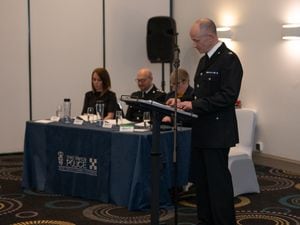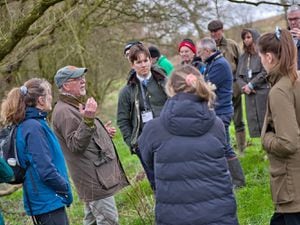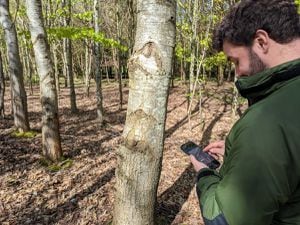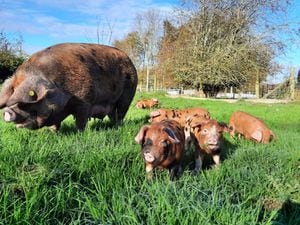Anglers blame protected birds for fall in River Severn fish stocks
The amount of fish in Shropshire's River Severn has plummeted over the past 10 years because the number of protected birds species has increased, fishermen claimed today.

The amount of fish in Shropshire's River Severn has plummeted over the past 10 years because the number of protected birds species has increased, fishermen claimed today.
The Environment Agency said it had been carrying out a study to assess the number of fish and was working closely with anglers. Conservation groups, however, are worried over any attempt to control birds.
John Roberts, chairman and head bailiff for Shropshire Anglers' Federation, claimed the river was in "crisis" with fish stocks at an all-time low.
He blamed protected species, including geese and cormorants, and called on the government to authorise a "sensible" cull of both geese and cormorants.
Mr Roberts said geese were a particular problem as they had a particular taste for the fry, or young baby fish, of species such as salmon and silver fish including roach.
A spokeswoman for the EA today said it had been doing research work along the river over the last few months.
She said: "The Environment Agency has been collecting data over the summer about fish stocks in the River Severn.
"This has included carrying out an anglers' census, interviewing anglers along the banks to see what and how many fish are being caught and collecting information from angling clubs in that area.
"We will compile all this information, then we will have a better idea about the fish population in the river."
The EA says cormorants have increased substantially in Britain since the 1970s, especially at inland waters.
Conservation groups are also worried that any widespread effort to control cormorant numbers could threaten the bird's conservation status.
A leaflet - Cormorants, The Facts - has been produced by the Moran Joint Bird Group, a partnership of fisheries, angling and conservation organisations.
The spokeswoman said: "It examines these concerns and answers some of the questions most often asked about cormorants.
"It is not intended to present solutions to the cormorant problem; it provides facts about cormorant numbers, what they eat, damage caused to fisheries, their legally protected status, and explains the legal and practical limitations to culling."
By Russell Roberts





